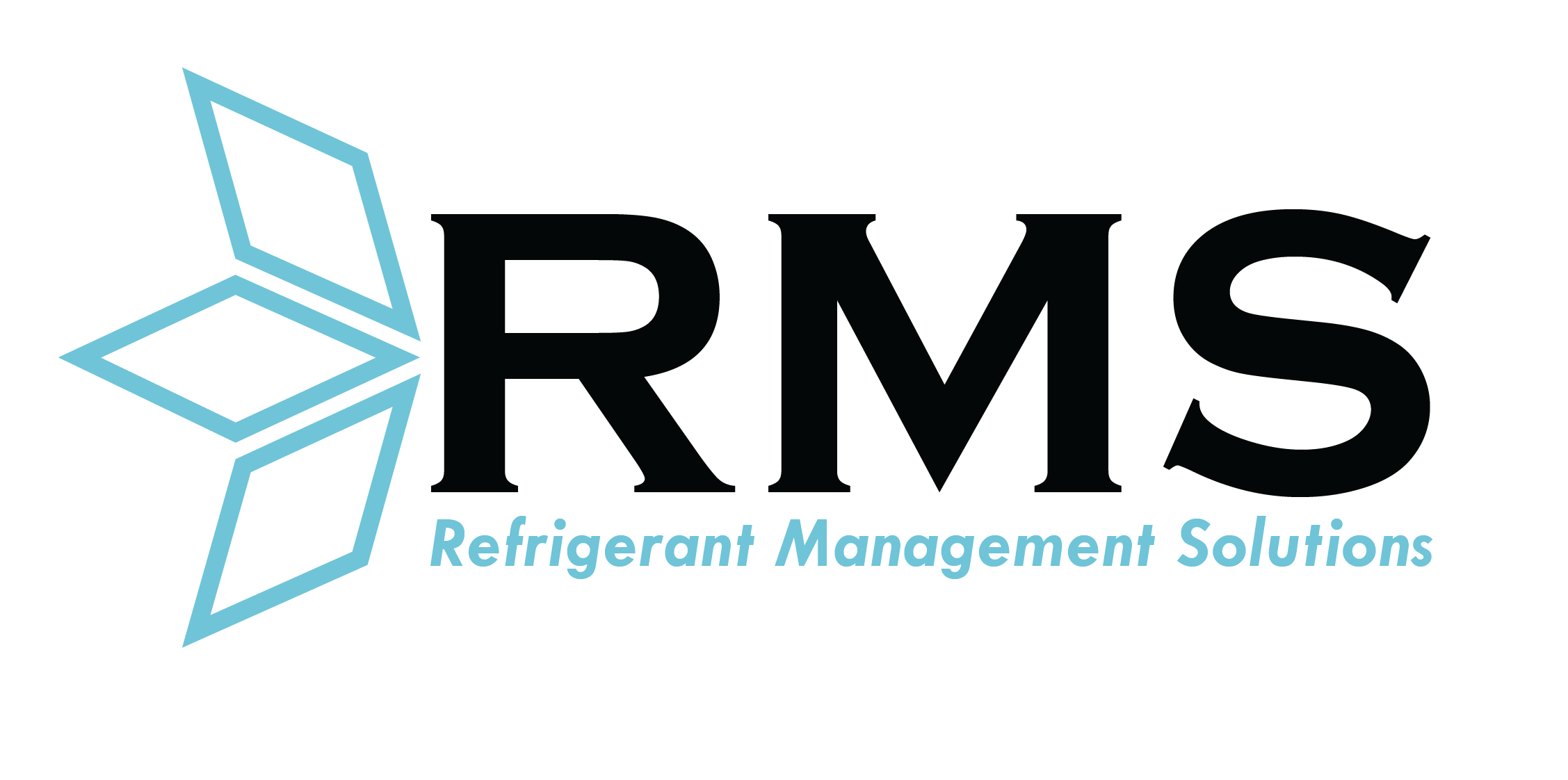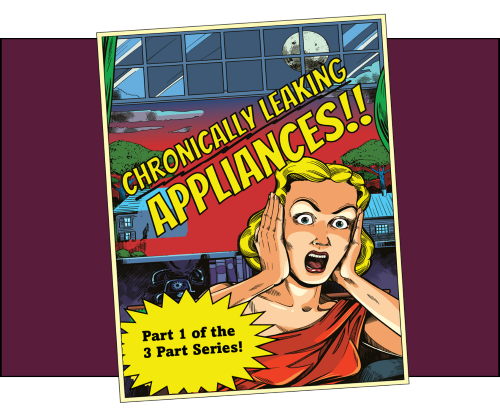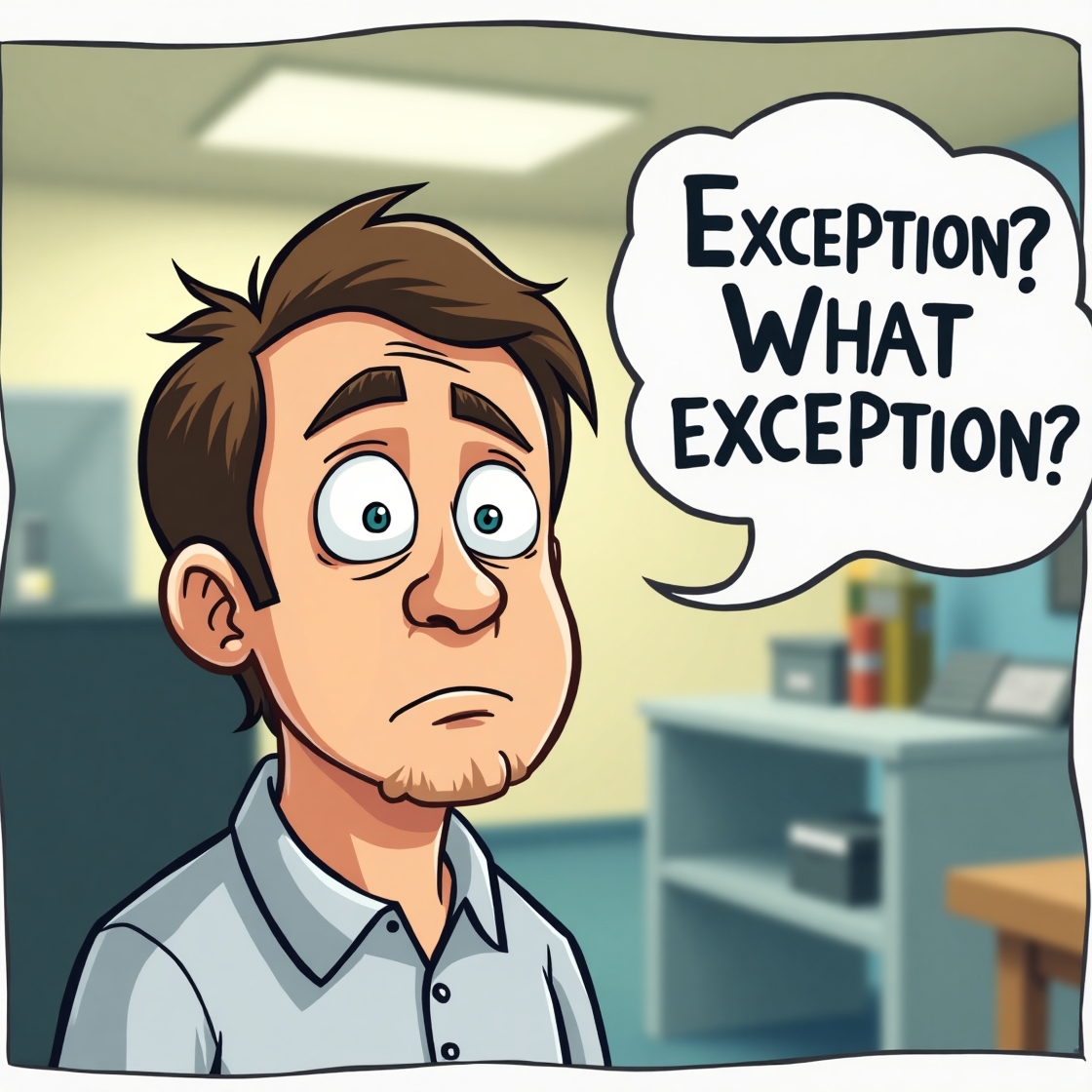I’m never sure why people click on the links to the articles I write. I would guess, in the case of this article, the people most likely to read it are the people who need it least. If you do already know what the Chronically Leaking Appliance Rule is, you probably also already understand why it’s terrifying. If you don’t know the Rule, I’m not sure the title of this article is enough to stimulate your curiosity. So who am I talking to? I don’t know.
But that has never stopped me before!
Maybe you’re the type of person who clicks on every link that contains the word “leaking” (eww) because you are fascinated by toilets or Pampers. Or maybe you’re just looking for something to do other than the pile of work in your inbox. No matter the circumstances, you’ve stuck with it thus far; therefore, I shall forge ahead.
What is this Chronically Leaking Appliance Rule? The best answer to that question is to paraphrase a quote from the movie ‘Armageddon’ that applies equally to the end of the world and this Rule: “The scariest thing imaginable. That’s all you gotta say, scariest thing imaginable.”
The Chronically Leaking Appliance Rule went into effect in 2019 as a new part of the Section 608 Regulations in the Clean Air Act. It’s probably the most deceptively simple part of Section 608. The text is 63 words:
“Owners or operators of appliances containing 50 pounds or more of refrigerant that leak 125 percent or more of the full charge in a calendar year must submit a report to EPA at the address in paragraph (m) of this section. This report must be submitted by March 1 of the subsequent year and describe efforts to identify leaks and repair the appliance.”
That’s it. The scariest 63 words in Section 608.
If you aren’t scared of this, you are either: (1) oblivious to it, (2) you don’t understand it, or (3) you don’t have any appliances in your stores that are regulated under Section 608. If you fall into the first or second category, we’re going to remedy that right here, right now.
If you fall into the third category, enjoy it while it lasts. Up until now, this rule only applies to appliances that use 50+ pounds of an ozone-depleting refrigerant (think R-22), like the rest of Section 608. But that’s about to change. (Warning: proceeding beyond this point in the article may lead to insomnia, the use of foul language, gray hair, and/or high blood pressure).
The EPA’s recently proposed HFC Emissions Reduction and Reclamation Rule under the AIM Act would not only extend almost all of the requirements in Section 608 to appliances that use HFC refrigerants (and HFOs are also HFCs), including the Chronically Leaking Appliances, but it also lowers the compliance charge threshold down to 15 pounds.
If I were a betting person (I am), I’d bet an enormous amount of money (which I do not have) that you – yes you – will have to report appliances to the EPA if this rule is finalized as proposed. You are only safe if every single air conditioning and refrigeration appliance in your store uses CO2. If you are in this camp, you can sit back and laugh at the rest of us, because you will be able to ignore this rule (until I tell you that you are in violation of the EPA’s SNAP regulations because CO2 is not yet approved for use in the air-conditioning sector. Huh? That’s a subject for a different article).
Just to drive the point home, you only need to leak 19 pounds of refrigerant in a calendar year for a 15-pound appliance to be reportable to the EPA as chronically leaky.
The Chronically Leaking Appliance Rule effectively makes you report yourself to the EPA as a bad actor.
What happens if you report chronically leaking appliances to the EPA? Well, let me tell you a story …
The entire time I worked at the EPA (see The GreenChill Partnership), enforcement agents would call me and say something like, “we’ve got some money to go out and inspect supermarkets, but we don’t know who to go after. Can you send me a list of bad actors in my region?” My answer was always, “No, I don’t deal with the bad actors. I deal with the good actors. The GreenChill Partners all voluntarily signed up to go beyond the regulatory requirements, so they are the good actors.”
The Chronically Leaking Appliance Rule gives EPA enforcement agents their list of bad actors. More specifically, it makes you report yourself to the EPA as a bad actor. Every report calls the EPA’s attention to you. You might as well wear a tattoo on your forehead that says, “Hey EPA, look at me!”

If you were the EPA, wouldn’t you go target companies you knew had appliances that leak a lot of refrigerant? The worst thing that can happen to an enforcement agent is to go out and inspect stores all day and not find any violations. So if you’re a smart EPA enforcement agent, you know that high leak rates usually equal multiple leaks, and multiple leaks mean a higher chance of violations. So the smart EPA enforcement agent goes with a sure bet: a store with at least one chronically leaking appliance.
What’s the fine up to now for refrigerant regulation violations? We’ll start there with the next article in this series…
End of part I*. Part II to follow shortly.
*For those of you who are holding your breath because you don’t know what the fines are, I don’t want you to die, so I will tell you that as of December 27th, 2023 the fine is $57,617 per violation, per day.
The information in this article is not intended as legal advice or as a substitute for the particularized advice of your own counsel. Anyone seeking specific legal advice or assistance should retain an attorney.





